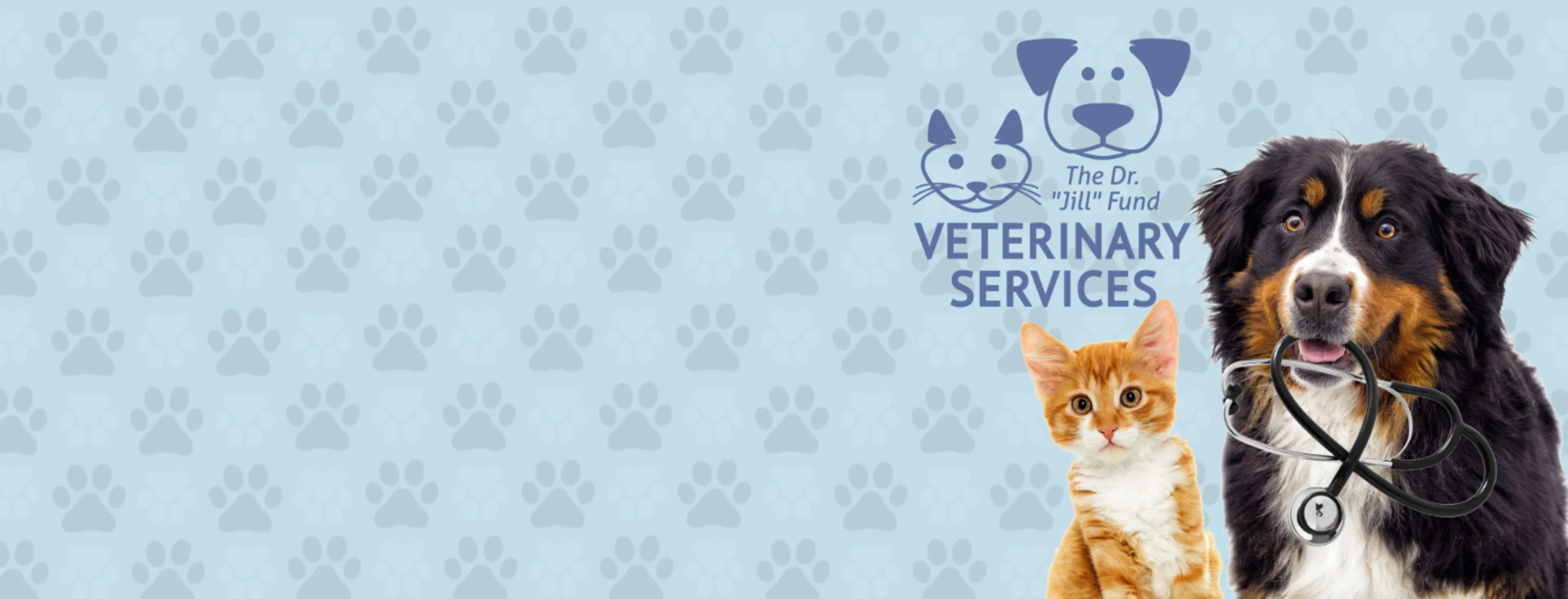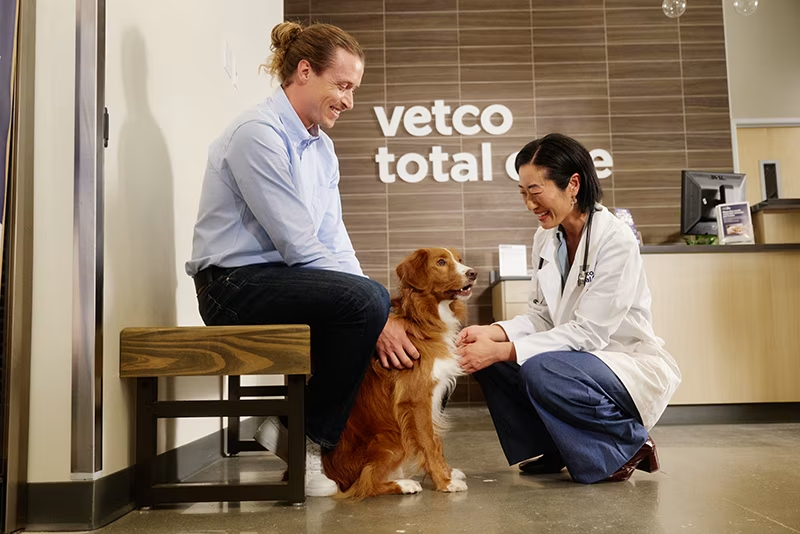A Veterinarian’s Insight Into Long-Term Outcomes of tplo surgery
A Veterinarian’s Insight Into Long-Term Outcomes of tplo surgery
Blog Article
Everything About Vet Surgical Procedure: Recognizing the Relevance of Specialist Care for Your Pet dogs
Veterinary surgery is a critical element of animal medical care. It includes numerous procedures, from regular elective surgical treatments to immediate treatments. Understanding the intricacies of these surgeries can help family pet proprietors make notified decisions. The prep work, implementation, and recuperation phases are essential for guaranteeing the wellness of pets. With correct expertise, proprietors can browse the intricacies of vet treatment. What factors should be thought about before a pet undergoes surgical procedure?
Kinds of Veterinarian Surgeries
When a family pet requires surgical intervention, understanding the various sorts of veterinarian surgical procedures can help family pet proprietors make notified choices. Veterinary surgeries can be generally categorized right into 3 main kinds: optional, immediate, and emergency surgeries. Optional surgical treatments, such as spaying or neutering, are planned procedures that are not promptly life-threatening. Immediate surgical treatments, like those for foreign body removal, must be executed quickly yet are not life-threatening in the moment. Emergency situation surgeries, such as those addressing extreme trauma or inner blood loss, are vital and require immediate attention.Additionally, surgical treatments can vary in intricacy, varying from minimally intrusive laparoscopic procedures to much more comprehensive open surgical treatments. Each sort of surgical procedure carries its very own risks and recovery processes. Comprehending these classifications enables pet dog owners to involve in purposeful discussions with veterinarians, causing much better results for their cherished pet dogs.
Preparing for Your Animal's Surgery
Getting ready for a pet's surgical treatment includes a detailed list to assure all fundamentals are covered. Efficient communication with the veterinarian is vital for recognizing the treatment and any kind of essential pre-operative actions - emergency vet. Furthermore, having clear post-operative treatment directions will certainly help owners supply the ideal support for their recovering pets
Pre-Surgery Checklist Basics
Ensuring a smooth surgical experience for a pet dog requires mindful prep work and attention to detail. A pre-surgery checklist is essential for pet dog owners to comply with. Confirming the set up surgical treatment day and time is essential. Proprietors should likewise verify that their pet dog has fasted according to the vet's directions, commonly for 8-12 hours prior to surgical treatment. Collecting necessary clinical documents, consisting of inoculation background, is essential for the veterinarian's testimonial. It is likewise a good idea to prepare a comfy space at home for the pet dog's recovery after surgical procedure. Owners should have a strategy for transport to and from the veterinary facility, making certain that the animal is safe and comfortable throughout the trip. Following these steps can substantially improve the medical experience.
Communicating With Your Veterinarian

Efficient communication with the veterinarian is crucial for an effective surgical experience for family pets. Proprietors must be prepared to discuss their animal's clinical background, consisting of any kind of pre-existing problems, medications, and allergies. This information aids the vet analyze dangers and customize the surgical plan as necessary. Additionally, family pet proprietors ought to ask concerns regarding the procedure, anesthesia, and anticipated results to ensure they fully comprehend the procedure. Clarifying any type of questions can reduce anxiety for both the pet and the owner. It is likewise important to communicate any behavioral adjustments or worries observed in the pet leading up to the surgical treatment. Eventually, clear dialogue cultivates count on and collaboration, ensuring that animals get the most effective feasible care during their medical trip.
Post-Operative Treatment Directions
After talking about the medical treatment with the vet, animal owners should concentrate on post-operative treatment directions to assist in a smooth recovery for their pets. These guidelines generally consist of keeping track of the surgical site for indicators of infection, such as soreness or discharge. Pet dogs might require to be kept tranquil and constrained to prevent excessive activity that could interfere with recovery. Discomfort management is vital, so owners ought to adhere to the vet's advice on providing medicines. Furthermore, nutritional restrictions may be advised to prevent stomach upset. Normal follow-up visits are important to guarantee appropriate healing and deal with any issues. By sticking to these post-operative treatment guidelines, animal owners can substantially add to their animal's healing and general wellness.
The Surgery Explained
The surgery for pet dogs incorporates important actions that ensure their safety and security and healing. Pre-surgery preparations are crucial for reducing dangers, while post-operative care guidelines play an important duty in advertising healing. Understanding these parts helps family pet proprietors browse the surgical experience better.
Pre-Surgery Preparations
Before a pet goes through surgical procedure, a number of vital preparations have to happen to ensure a secure and successful treatment. A comprehensive vet assessment is essential to evaluate the animal's overall health and identify any here potential threats. This might consist of blood tests, imaging, or various other diagnostics. The veterinarian will certainly additionally review anesthetic options customized to the pet's details needs. Additionally, family pet owners are typically advised to hold back food and water for a specified time prior to surgery to reduce the risk of difficulties during anesthesia. It is necessary for proprietors to offer a total clinical background, consisting of any medications or allergies, making certain the medical group has all needed details. Appropriate interaction and adherence to pre-surgery standards can significantly boost the result of the procedure.
Post-Operative Care Guidelines
Proper post-operative care is crucial for making certain an animal's recuperation following surgical treatment. After the treatment, family pets need to be kept an eye on carefully for any kind of indications of problems, such as too much bleeding, swelling, or uncommon habits. It is essential to comply with the veterinarian's directions relating to drugs, including discomfort relievers and anti-biotics. Animals need to be maintained in a silent, comfortable environment to lower stress and anxiety and advertise recovery. Restricting task is important; short, leashed walks may be necessary, yet jumping or running ought to be avoided. Normal follow-up visits must be arranged to analyze the recovery process. Additionally, the medical site has to be maintained clean and dry, with any kind of indicators of infection reported to a veterinarian immediately. Sticking to these standards boosts recovery end results.
Anesthesia and Discomfort Management
Efficient anesthesia and discomfort administration are important elements of veterinary surgical treatment, making sure that animals stay comfortable and risk-free throughout the procedure. Vets analyze each pet's private needs, taking into consideration aspects such as age, weight, health and wellness standing, and the kind of surgical treatment being performed.Anesthesia protocols generally include a mix of pre-anesthetic medicines, induction agents, and inhalant anesthetics, permitting for specific control over the animal's degree of consciousness. Monitoring throughout surgical procedure is vital; vets continuously observe important indicators to deal with any kind of potential difficulties promptly.Pain administration methods may entail opioids, non-steroidal anti-inflammatory medications (NSAIDs), and anesthetics, tailored to the pet dog's particular situation. This multifaceted approach aids lessen discomfort and promotes a smoother medical experience. By prioritizing effective anesthetic and discomfort monitoring, veterinary experts enhance the overall welfare of pet dogs undergoing surgeries, guaranteeing they get the highest possible requirement of care.
Post-Operative Treatment and Recuperation
Adhering to surgery, the emphasis moves to post-operative treatment and recovery, which is necessary for guaranteeing a pet dog's safe go back to regular tasks. During this duration, animals need a peaceful, comfortable setting to aid healing. Proprietors need to very closely check their family pets for any type of indicators of discomfort or unusual behavior.Veterinary standards frequently include certain guidelines associated with drug management, injury treatment, and dietary changes. It is important to comply with these recommendations to lessen difficulties and promote what degree does a vet need healing. Family pets may require to be restricted from vigorous tasks, such as running or jumping, during their healing period (emergency vet bellingham).Regular follow-up visits with the vet allow for tracking of the animal's development and prompt modifications to the treatment strategy. Giving emotional assistance and friendship can additionally boost a family pet's recovery experience, helping to alleviate anxiety and anxiety. On the whole, diligent post-operative care plays a considerable duty in attaining an effective healing
Identifying Issues After Surgery
How can pet proprietors recognize issues after surgical procedure? Recognition of certain indicators is vital for making certain the well-being of animals throughout healing. Usual indications include excessive swelling, redness, or discharge at the surgical website, which may signify infection. In addition, consistent discomfort, suggested by yawping or hesitation to relocate, should motivate instant focus. Modifications in cravings or water consumption can likewise suggest issues; a decline in these habits may indicate pain or distress.Moreover, pet dog owners must monitor their pet dogs for any kind of uncommon actions, such as sleepiness or difficulty breathing, as these can be indications of major issues. Vomiting or looseness of the bowels complying with surgery might require immediate vet examination. Acknowledging these issues early can considerably impact a pet dog's recovery procedure, stressing the significance of vigilance and timely interaction with a vet for any concerning symptoms.
The Function of Veterinary Specialists in Surgical Care
Veterinary professionals play a vital duty in making certain the safety and success of surgeries for animals, specifically complying with surgical treatment when checking and treatment are paramount. These specialists include veterinarians, veterinary professionals, and support team, every one of whom add specialized abilities to the medical process.Before surgical treatment, veterinarians perform detailed analyses to evaluate the animal's wellness, ensuring that any type of underlying conditions are handled. Throughout the treatment, vet animal the medical group offers anesthesia, keeps clean and sterile environments, and keeps an eye on essential signs, very important for decreasing risks.Post-operative treatment is just as considerable; veterinary professionals observe for problems, handle pain, and guide owners on recovery methods. Their proficiency allows them to acknowledge early indicators of distress or infection, ensuring prompt intervention. Ultimately, the joint efforts of vet professionals in medical care foster a safe setting, promoting the health of pets throughout the surgical trip.

Regularly Asked Inquiries
How Do I Select the Right Veterinary Cosmetic Surgeon for My Pet dog?
Picking the best vet surgeon includes researching certifications, reviewing testimonials, and examining the center's atmosphere. It is vital to show on the doctor's experience with particular treatments and their communication design when deciding.
What Are Usual Misconceptions Concerning Vet Surgeries?
Common misunderstandings concerning veterinarian surgical procedures include beliefs that they are constantly high-risk, unnecessary, or for emergencies. Lots of family pet owners take too lightly the benefits of preventative procedures and the ability associated with vet surgical care.
How Much Will My Pet's Surgery Price?
The cost of a pet dog's surgical treatment can differ significantly based on factors such as the type of treatment, the vet's experience, and geographical area (emergency vet bellingham). Typically, costs vary from a couple of hundred to a number of thousand dollars

Can My Family Pet Eat Prior To Surgical Treatment?
Prior to surgical treatment, it is generally suggested that pets avoid eating for a specific duration. This fasting helps in reducing the danger of issues throughout anesthetic. Owners need to consult their vet for specific guidelines tailored to their animal's requirements.
What if My Family Pet Has Pre-Existing Health And Wellness Issues?
When a pet dog has pre-existing wellness problems, it's crucial for the vet to examine these factors before surgery. This examination guarantees appropriate safety measures are taken, decreasing dangers and maximizing the animal's overall safety throughout the procedure.
Report this page